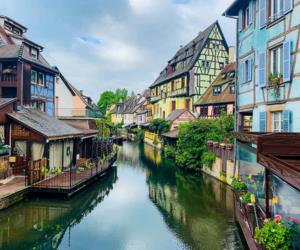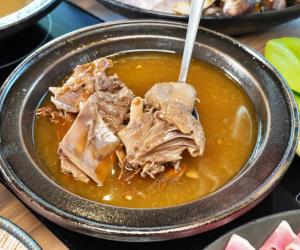When I first set out on the Everest Three High Passes Trek, I didn’t think much about food. I was excited to see the mountains, meet the Sherpas, and cross the high passes. But soon, I learned that what you eat on the trek is just as important as how you prepare your gear or your legs. Eating well at high altitude can make or break your experience.
文章重點
Trekking Through the Everest Three High Passes: The Basics
The Everest Three High Passes Trek is one of the most challenging and beautiful treks in the world. It usually takes 18 to 21 days to complete. Over the course of about 70 to 80 kilometers (43 to 50 miles), you will cross three major high passes: Kongma La (5,535 meters), Cho La (5,420 meters), and Renjo La (5,360 meters). The trek reaches a maximum elevation of 5,535 meters (18,159 feet), which means the air is thin and your body needs extra energy.
Why Food Matters at High Altitude
At high altitudes, your body works harder. You breathe faster and your heart beats quicker to bring oxygen to your muscles. This uses more energy than walking at lower elevations. On top of that, your appetite might shrink, and digestion slows down. Because of this, eating the right food is key to keeping your energy up and avoiding altitude sickness.
What I Learned About Eating on the Trek
When we started, I made the mistake of eating only light snacks. I thought I would just lose some weight and be fine. But by the second day, I felt tired and weak. Our guide explained that I needed more calories and balanced meals. From that moment, I paid close attention to what I ate.
Best Foods to Eat on the Everest Three Passes Trek
1. Carbohydrates Are Your Best Friend
Carbs give you quick energy. Foods like rice, noodles, potatoes, and bread were on my plate every day. Sherpa stew with rice was a favorite meal after a long day. I found that eating carbs helped me feel strong and ready for the next day.
2. Protein Helps You Recover
Protein helps your muscles repair and keeps your strength up. I ate eggs, lentils (dal), cheese, and sometimes yak meat. Even small amounts helped me feel less sore and more energetic.
3. Don’t Forget Fat
Fats give long-lasting energy. Butter tea, a traditional drink made with yak butter and tea, was both warming and filling. Nuts and oils used in cooking also helped keep my energy steady.
4. Fresh Fruits and Vegetables
Fresh food was hard to find at high altitude, but when I could get apples, oranges, or carrots, I ate them happily. They gave me important vitamins and helped keep me hydrated.
Staying Hydrated is Part of Eating Well
Water is just as important as food. At altitude, your body loses water faster. I drank at least 3 to 4 liters of water every day. Sometimes I added electrolyte powders to stay balanced. Hot drinks like tea or soup also helped me stay warm and hydrated.
Tips to Keep Your Appetite Strong
High altitude can kill your appetite. Here’s what I did:
Ate small meals often, instead of big heavy meals.
Drank warm drinks between meals.
Tried different foods to keep things interesting.
Took vitamins to help my body absorb nutrients better.
An Emotional Insight: Food as Comfort and Connection
Food was more than fuel on the Everest Three High Passes Trek. It was a comfort after tough days, a way to connect with local culture, and a moment to relax with my trekking group. Sharing meals created memories that went beyond the mountains.
Final Thoughts: Eat Smart, Trek Strong
If you plan to do the Everest Three High Passes Trek, remember this: food is your secret weapon. It will keep your strength, fight off altitude sickness, and make your journey more enjoyable. Listen to your body, eat enough carbs, protein, and fat, and stay hydrated. The mountain is tough, but with the right food, you can be tougher.





